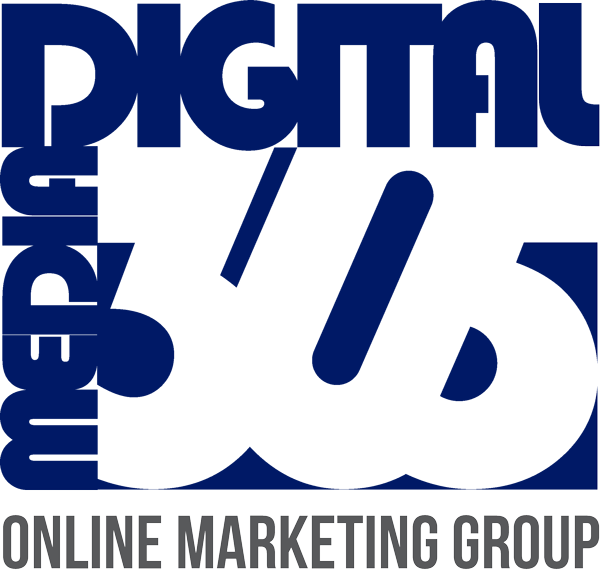How to do Digital Marketing
The different spheres of digital marketing include a wide range of approaches, aimed at finding the personality of brands and communicating them abroad. The application of different strategies for digital media is what we commonly know as digital marketing.
The techniques and methodologies that some years ago applied to the offline world have now been gradually migrating to the online universe. Web Design, PPC, SEO, Social Networks, etc. are new agents that add to the digital marketing spheres, bringing with them a push and immediacy never seen before in the world. Today it is possible to measure everything and one may even argue if it cannot be measured, it does not exist. In this new digital ecosystem, brands compete for engagement instead of market share, as it used to happen. The audiences went on to become “micro-audiences” and the niches to “micro-niches” so that everything is highly segmented in detail, to achieve the highest degree of effectiveness and efficiency.
In the past, those “focus groups” were replaced in a certain way by the “A / B test”, a more reliable way of knowing what the real impact of a digital product or service is that sometimes moves from the digital world to the real world. But this change did not happen overnight; it had to be generated through stages of development and instances, which led to the majority of the paradigms we have today.

Web 1.0

Web 1.0: This was one of the first paradigms, where communication flowed unidirectionally. The companies owned their image and were the only ones that published about it, maintaining absolute control over public opinion. This was a closed model with very little space for interaction.
Web 2.0 “The SERP Battle“

Web 2.0 was the second generation of the “world wide web”. This second-generation, more interactive and dynamic, brought with it user communities. Internet users now had the possibility to exchange information, criteria, and experiences that include interaction with brands. This paradigm change shifted the focus of brands towards the user experience. One single person can now generate a reputational crisis to a brand, no matter how big it may be. Web 2.0 removed the limits because now you can work across the world from your home or cell phone. The power was transferred to the user, who could freely express their opinion and assess the quality of the service or products provided.
Web 3.0: Machine Learning
The third stage of the development in the “world wide web” is known as “Web 3.0” and it is the moment where Artificial Intelligence, Machine Learning, and Big Data entered into the scene. It also introduced the ability to analyze large volumes of information and make decisions. This third stage means that Digital Marketing has to be rewritten again and give entry to Artificial Intelligence as a determining element in the user-client-product relationship. The analysis of large volumes of information and the affordability of prices for the services of data analysis bots in the cloud makes us have to reach our potential users by rewriting the manuals again.

In Digital Media 365, we have been using Artificial Intelligence for the management of databases and market trends for more than a year through the IBM Watson tool and the Amazon AWS, tools that allow us to analyze user pattern and predict future behavior trends to offer a type of competitive digital marketing and synchronize it with the times in which we live.
Do you need a marketing strategy?
Contact us for a professional opinion.
If you want to take your business to the next level, contact us and request our advice at absolutely no charge. One of our experts will contact you and give you a complete analysis of your website.

